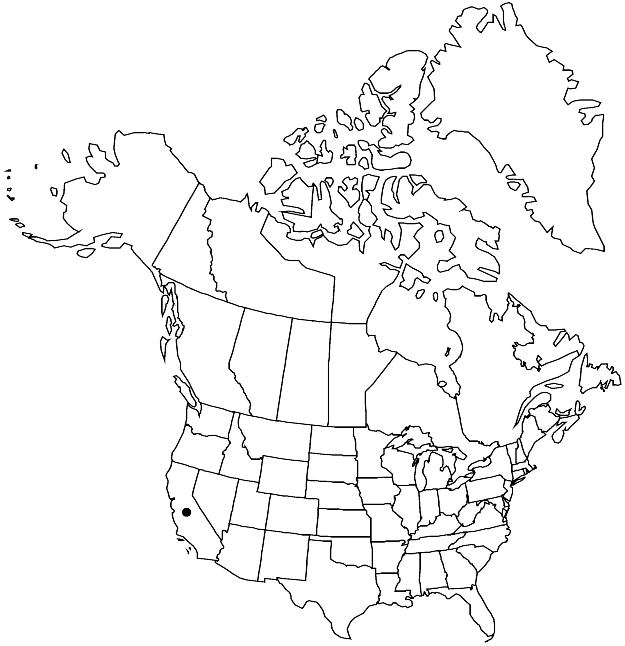Difference between revisions of "Brassica fruticulosa"
Pl. Rar. Neapol. 2: 7. 1792.
FNA>Volume Importer |
FNA>Volume Importer |
(No difference)
| |
Revision as of 20:23, 24 September 2019
Annuals, biennials, or perennials; glabrous or nearly so. Stems branched distally, 3–9 dm. Basal leaves (early deciduous); petiole 1.5–6 cm; blade lyrate-pinnatifid, 3–10(–15) cm × 10–65 mm, lobes 1–3 (or 4) each side. Cauline leaves shortly petiolate; blade (often lanceolate, reduced in size distally), base tapered or cuneate, not auriculate, (apex acute). Racemes paniculately branched. Fruiting pedicels spreading to divaricately ascending, (slender), (5–)10–15(–25) mm. Flowers: sepals 3–8 × 1–1.7 mm; petals pale yellow, narrowly obovate, 7–15 × 3–4 mm, claw 2–3 mm, apex rounded; filaments 3–6 mm; anthers 1.5–2 mm; gynophore 1–1.5 mm in fruit. Fruits (stipitate), spreading to divaricately ascending, strongly torulose, linear, subcylindric, 1.5–3 cm × 1.5–2 mm; valvular segment with 5–13 seeds per locule, 1.2–2.5 cm, terminal segment seedless or 1-seeded, (conic), 3–6 mm. Seeds brown or yellow, 0.6–1.2 mm diam.; seed coat finely reticulate-alveolate, not mucilaginous when wetted. 2n = 16.
Phenology: Flowering Dec–Mar.
Habitat: Coastal plains and basins, deserts, valleys
Elevation: 0-300 m
Distribution

Calif., s Europe, nw Africa.
Discussion
Brassica fruticulosa is naturalized in Los Angeles, Riverside, San Bernardino, and San Mateo counties.
Selected References
None.